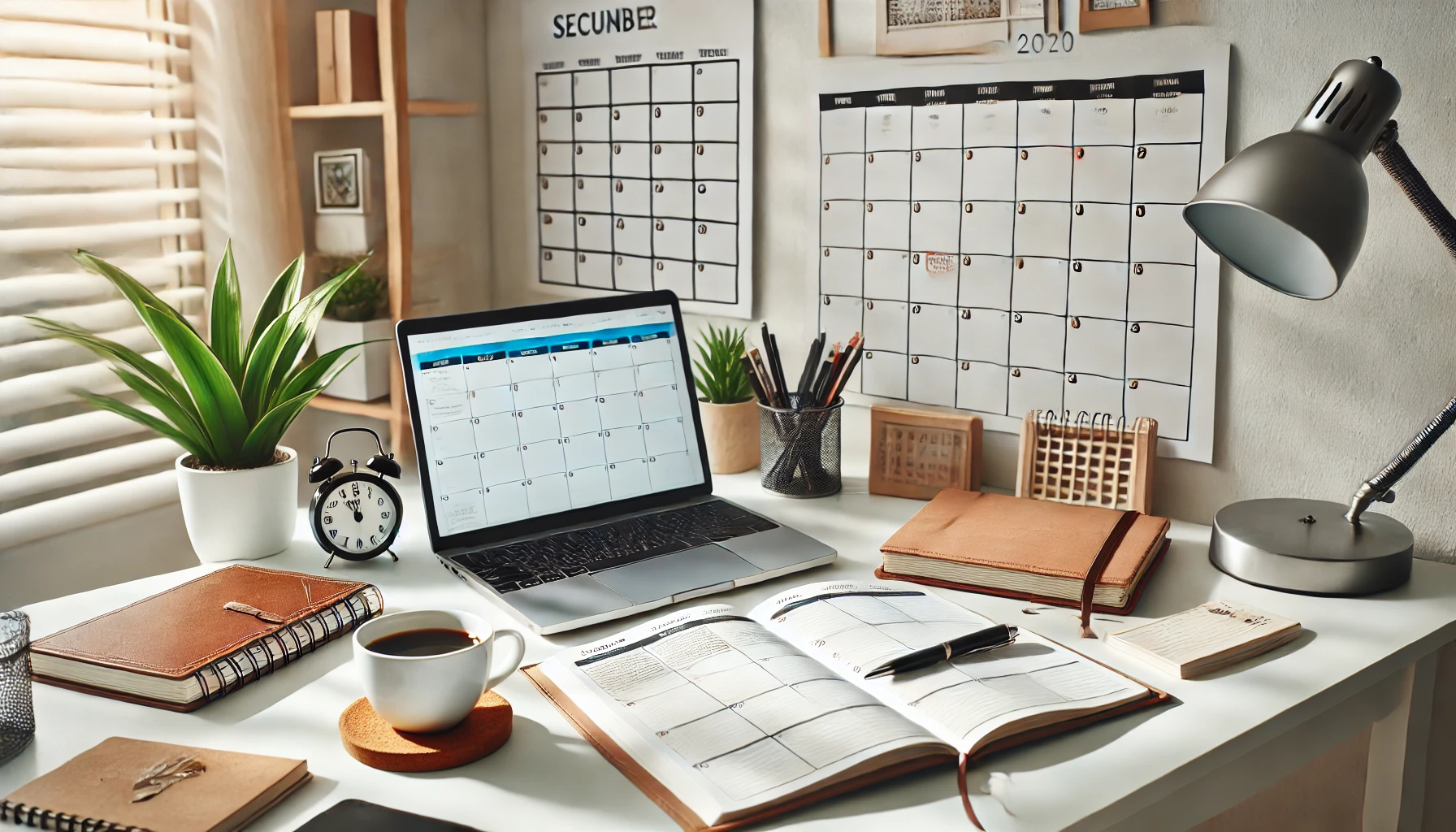Creating a productive routine is one of the best ways to improve focus, reduce stress, and achieve long-term goals. However, many people struggle to maintain consistency, often starting strong but losing motivation over time. The key to success is designing a routine that fits your lifestyle and making small, gradual changes until they become habits.
Define Your Goals and Priorities
Before structuring a routine, it’s important to identify what truly matters. Defining clear goals will help guide the structure of your daily schedule. Think about the areas of your life that need improvement, such as productivity, health, or personal growth. Writing down three top priorities can be a great starting point. If fitness is a priority, for example, scheduling a dedicated time for exercise should be part of your daily routine. If improving focus at work is the goal, setting up deep work sessions will be essential.
Start Small and Build Gradually
One of the biggest mistakes people make is trying to change everything at once. Instead of completely overhauling daily habits overnight, the best approach is to introduce small changes and gradually build upon them. For instance, start by waking up at the same time every day. Once that becomes automatic, add a short morning stretching routine or a few minutes of planning for the day ahead. Making adjustments gradually allows habits to feel more natural and sustainable over time.
Set a Consistent Wake-Up and Sleep Time
A productive day begins the night before. Going to bed and waking up at the same time each day helps regulate the body’s internal clock, making it easier to feel energized and focused in the morning. Sticking to a consistent schedule, even on weekends, strengthens this habit and prevents fatigue. It may be helpful to create a simple nighttime routine to prepare for restful sleep, such as reading or avoiding screens before bedtime.
Plan Your Day in Advance
Taking a few minutes to plan the day ahead can significantly improve productivity. Rather than starting the morning feeling overwhelmed by a long list of tasks, structuring the day into manageable priorities allows for better time management. A simple to-do list or a structured planner can be helpful. Identifying the most important tasks to complete first thing in the morning helps maintain focus and prevents unnecessary procrastination.
Follow the 80/20 Rule
The 80/20 rule, also known as the Pareto Principle, suggests that 80% of results come from 20% of efforts. Identifying which tasks have the biggest impact and prioritizing them can make a routine more effective. Focusing on high-value activities instead of spending time on low-priority distractions ensures that energy is directed toward meaningful progress.
Remove Distractions and Create a Focused Environment
Even with a well-structured routine, distractions can prevent productivity. Creating a workspace that minimizes interruptions can lead to better concentration. Keeping a workspace clean, turning off phone notifications, and setting specific periods for focused work can help maintain efficiency. Using noise-canceling headphones or instrumental background music can also improve concentration and block out external noise.
Use the Time-Blocking Method
Scheduling time blocks for specific activities is an effective way to maintain structure throughout the day. Instead of working with an open-ended to-do list, assigning dedicated time slots to tasks can help create a clear workflow. For example, reserving the first few hours of the morning for deep work, scheduling breaks in between, and setting aside a specific period for emails or meetings can create a more balanced schedule. Overestimating the time needed for each task can also reduce stress and prevent rushing through important activities.
Stick to a Nighttime Routine
A productive routine extends beyond the workday. Establishing a relaxing evening routine helps prepare both the mind and body for rest, improving the ability to stay productive the next day. Limiting screen time before bed, reflecting on accomplishments, and writing down priorities for the following day can all contribute to a more structured and stress-free lifestyle. A simple journal or notebook by the bed can be useful for jotting down ideas and avoiding overthinking at night.
Track Progress and Make Adjustments
Consistency is important, but so is flexibility. A routine should be adaptable to life’s inevitable changes. If a specific approach isn’t working, making small adjustments can prevent frustration. Using a habit tracker, reflecting on weekly progress, and identifying what needs improvement can help maintain motivation. Progress should always take priority over perfection.
Stay Motivated by Rewarding Progress
Sticking to a routine is easier when progress is acknowledged. Small rewards can reinforce positive habits and keep motivation high. Taking breaks after completing important tasks, celebrating small milestones, or treating oneself after maintaining consistency for a certain period can help reinforce discipline. Keeping a success journal to track achievements can also serve as a source of encouragement on difficult days.
Consistency Matters More Than Perfection
The most effective routines are built over time through consistency and patience. Instead of aiming for a flawless routine, focusing on small improvements each day is the key to long-term success. By gradually implementing these strategies, productivity will become a natural and effortless part of daily life.
